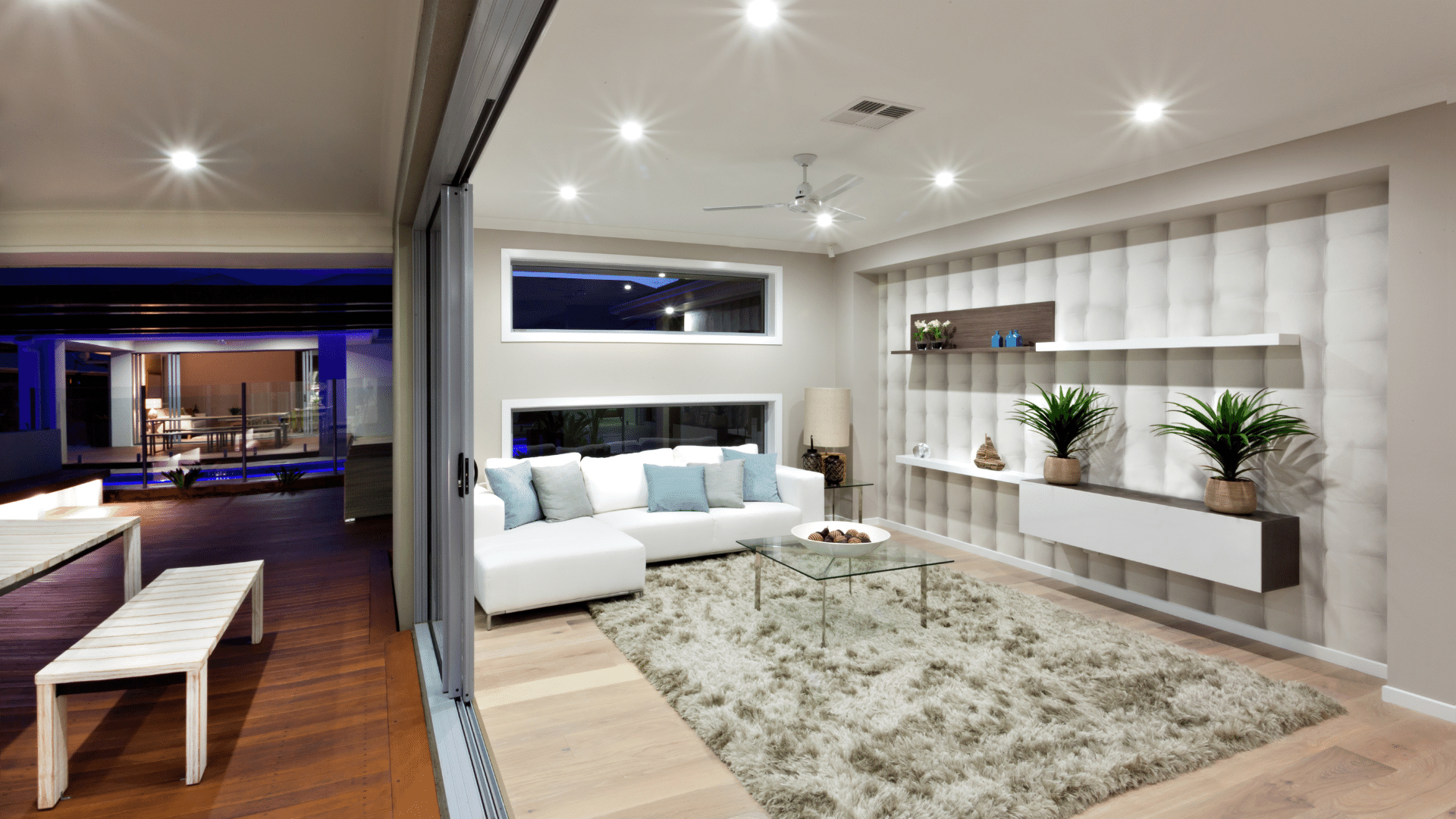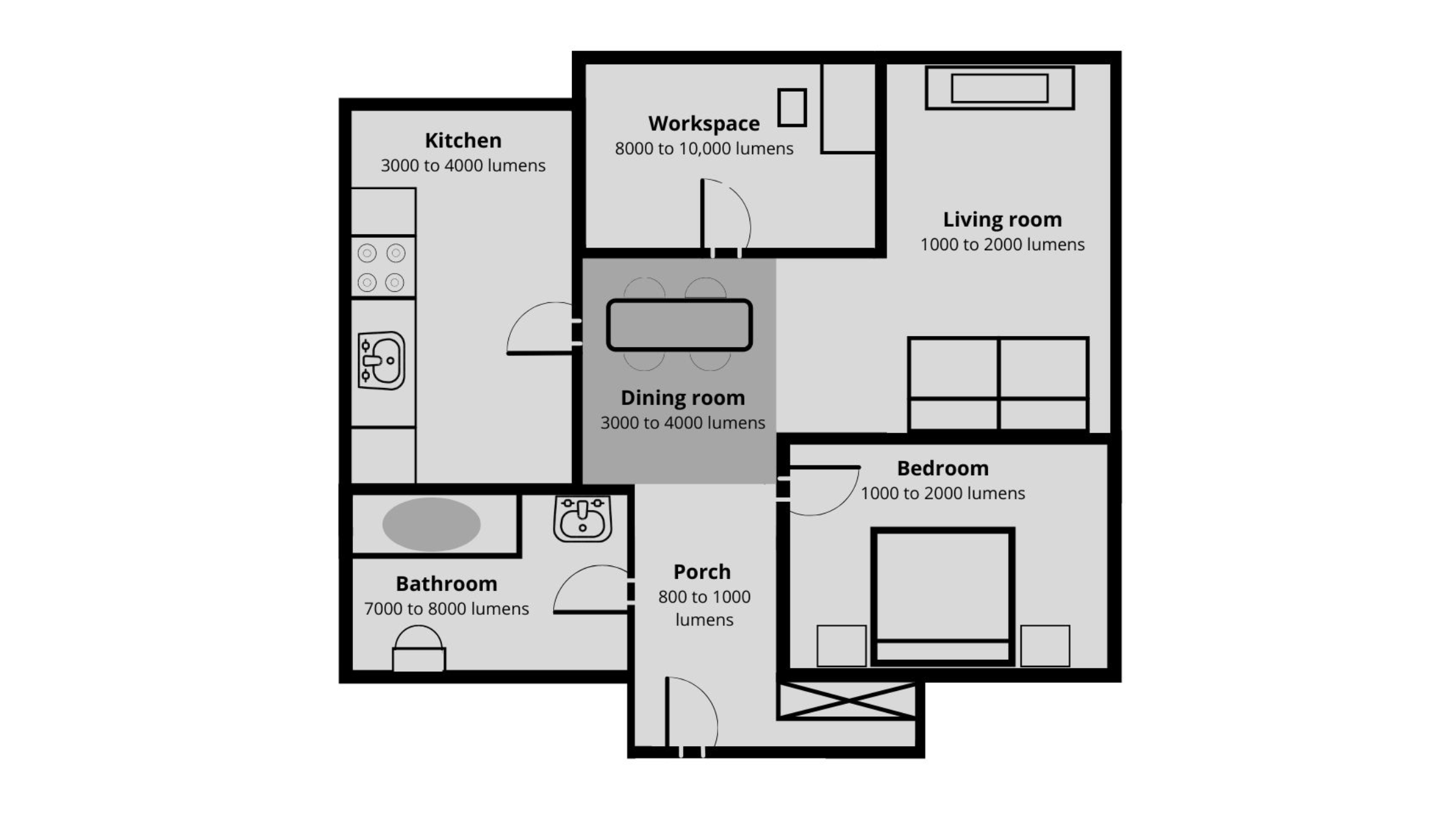Understanding Lumens for Bedroom Lighting

Creating the perfect ambiance in your bedroom starts with understanding how lumens affect brightness and, ultimately, the mood you want to achieve. Lumens, a measurement of light output, play a crucial role in how your bedroom feels, whether you’re reading, relaxing, or getting ready for bed.
Lumens and Brightness
Lumens directly correlate with the brightness of a light source. The higher the lumen output, the brighter the light. A low lumen output, such as 400 lumens, might be suitable for a bedside lamp, while a ceiling fixture with 1,000 lumens can effectively illuminate a larger bedroom.
Impact of Lumens on Bedroom Ambiance
Lumens influence the mood and atmosphere of a bedroom. A dimly lit room with low lumens can create a cozy and relaxing environment, perfect for unwinding at night. Conversely, higher lumen levels can make a room feel more energetic and invigorating, suitable for tasks requiring focus or a brighter space.
Lumens for Different Bedroom Activities
- Reading: For comfortable reading, a light source with 1,000-1,500 lumens is recommended. This level of brightness provides sufficient illumination for reading without straining your eyes.
- Sleeping: A soft, ambient light is ideal for sleep. Consider a bedside lamp with 400-600 lumens to provide a calming glow without disrupting your sleep cycle.
- Getting Ready: For activities like applying makeup or getting dressed, brighter lighting is essential. A ceiling fixture with 1,500-2,000 lumens will provide adequate illumination for these tasks.
Choosing the Right Lumens for Different Bedroom Needs: Lumens For Bedroom Light

Lumens, the unit of measurement for light output, are crucial for creating the desired ambiance and functionality in your bedroom. Choosing the right lumen level for different lighting zones in your bedroom is essential for creating a space that is both visually appealing and practical.
Lumen Requirements for Different Lighting Zones, Lumens for bedroom light
The amount of lumens needed for each lighting zone in your bedroom depends on the activity and the desired atmosphere. Here’s a breakdown of the lumen requirements for overhead lighting, bedside lamps, and accent lighting:
- Overhead Lighting: This is the primary source of light in your bedroom, and it should be bright enough to illuminate the entire room. For a standard-sized bedroom, aim for 1,500-2,500 lumens for overhead lighting. This level of brightness is suitable for general activities such as reading, dressing, and getting ready for bed.
- Bedside Lamps: Bedside lamps are designed to provide softer, more intimate lighting for reading or relaxing in bed. Aim for 400-600 lumens for each bedside lamp. This level of brightness is comfortable for reading in bed without being too harsh on your eyes.
- Accent Lighting: Accent lighting is used to highlight specific features in your bedroom, such as artwork or decorative objects. For accent lighting, you can use low-lumen bulbs, typically around 100-200 lumens, to create a subtle and atmospheric effect.
Designing a Bedroom Lighting Plan
A well-designed bedroom lighting plan uses different lumen levels to create a functional and aesthetically pleasing space. Here’s an example of a bedroom lighting plan using different lumen levels:
Overhead Lighting: 2,000 lumens (for a standard-sized bedroom)
Bedside Lamps: 500 lumens each
Accent Lighting: 150 lumens for a wall-mounted picture light
This lighting plan provides ample brightness for general activities while offering softer lighting for reading and relaxing in bed. The accent lighting adds a touch of warmth and highlights a specific feature in the room.
Adjusting Lumen Levels for Personal Preferences and Room Size
The lumen levels suggested above are just a starting point. You may need to adjust them based on your personal preferences and the size of your bedroom. If you prefer a brighter space, you can increase the lumen levels. If you have a larger bedroom, you may need to use higher-lumen bulbs for overhead lighting.
For example: A person who enjoys reading in bed might prefer a higher lumen level for their bedside lamps, while someone who prefers a more dim and cozy atmosphere might opt for lower lumen levels.
Factors Influencing Lumen Choice for Bedrooms

Choosing the right lumen level for your bedroom involves considering several factors that impact how bright your space feels. These factors influence how effectively light illuminates your room, creating a comfortable and functional environment for sleep, relaxation, and daily activities.
Room Size and Ceiling Height
The size of your bedroom and the height of its ceiling significantly impact the amount of light required for adequate illumination. Larger bedrooms naturally need more lumens than smaller ones to achieve a balanced brightness. Similarly, rooms with high ceilings require more lumens than those with lower ceilings to ensure light reaches all corners effectively.
A general rule of thumb is to multiply the square footage of your bedroom by 1.5 to determine the approximate lumen requirement. For example, a 100 square foot bedroom would require around 150 lumens. However, this is just a starting point, and adjustments may be necessary based on other factors.
Wall Color
Wall color plays a crucial role in how light reflects and illuminates your bedroom. Lighter wall colors reflect more light, making the room feel brighter even with lower lumen levels. Conversely, darker wall colors absorb more light, requiring higher lumen levels to achieve the desired brightness.
For instance, a bedroom with white walls might require fewer lumens than a bedroom with dark gray walls to achieve the same level of perceived brightness.
Light Bulb Type
Different types of light bulbs have varying lumen outputs for the same wattage. LED bulbs offer the highest lumen output per watt, followed by CFL bulbs, while incandescent bulbs provide the lowest.
- LED bulbs are highly energy-efficient and produce a bright, white light.
- CFL bulbs are more energy-efficient than incandescent bulbs but less so than LEDs. They offer a slightly warmer light than LEDs.
- Incandescent bulbs are the least energy-efficient and produce a warm, yellowish light.
Drawbacks of Using Excessive or Insufficient Lumens
Using excessively high or low lumen levels in bedrooms can lead to various drawbacks:
- Excessively High Lumens: Can cause eye strain, headaches, and disrupt sleep patterns, particularly if the light source is directly overhead or emits a harsh, blue-white light.
- Insufficient Lumens: Can make the room feel dark and gloomy, leading to difficulty reading, performing tasks, and creating a sense of claustrophobia.
